Home>diy>Architecture & Design>What Is A Facade?
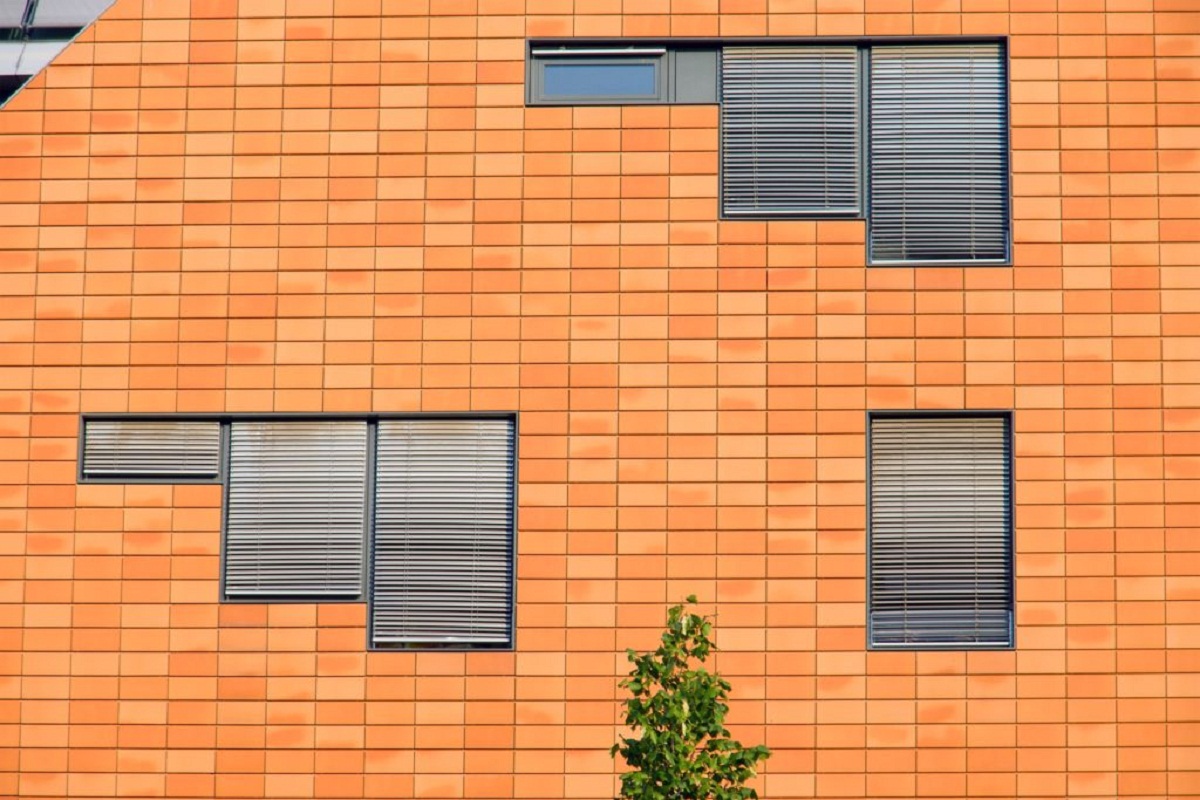

Architecture & Design
What Is A Facade?
Modified: January 5, 2024
Learn about the architecture design element known as a facade and its role in the overall appearance and functionality of a building. Discover the key features and styles of facades.
(Many of the links in this article redirect to a specific reviewed product. Your purchase of these products through affiliate links helps to generate commission for Storables.com, at no extra cost. Learn more)
Introduction
In the world of architecture, facades play a crucial role in shaping the identity and functionality of a building. From ancient structures to modern skyscrapers, facades have been a defining feature that not only provides protection from the elements but also adds aesthetic appeal. But what exactly is a facade?
A facade, in simple terms, is the exterior face of a building. It is the part of a structure that is visible to the outside world, serving as a protective barrier between the interior and the external environment. However, a deeper understanding of facades reveals their significance in architectural design, as they can greatly impact the overall look and feel of a building.
Throughout history, the concept of facades has evolved, adapting to changing architectural styles and technologies. From the intricate and ornate facades of ancient temples to the sleek and minimalist facades of modern skyscrapers, architects have utilized various materials and techniques to create visually stunning building exteriors.
In this article, we will explore the definition and historical background of facades, discuss the different types of facades, highlight their importance and function in architecture, examine the benefits and advantages of using facades, delve into the common materials used in facade construction, explore the factors to consider when designing a facade, and address some of the challenges faced in facade construction. We will also showcase examples of iconic facades around the world to illustrate the impact and significance of this architectural element.
Whether you are a design enthusiast, a student of architecture, or simply curious about the world of building design, this article will provide you with a comprehensive understanding of facades and their role in creating visually striking and functional buildings.
Key Takeaways:
- Facades are more than just exterior walls; they are the face of a building, offering protection, energy efficiency, and visual appeal. From classic elegance to high-tech innovation, facades shape the identity of our built environment.
- Designing and constructing facades present unique challenges, from integrating complex systems to navigating weather and environmental factors. Yet, iconic facades around the world showcase the power of architecture to captivate and define cities.
Read more: What Is A Brick Facade
Definition of a Facade
A facade, in the context of architecture, refers to the external face or frontage of a building. It is the part of a structure that is visible to the outside world and serves as a representation of the building’s character. The term “facade” originates from the French word “façade”, meaning “face” or “front”.
More than just a mere outer shell, a facade is a critical component that contributes to the overall design and functionality of a building. It acts as a protective barrier, shielding the interior spaces from external elements such as weather, noise, and pollution. At the same time, a well-designed facade can create visual interest, establish a sense of identity, and enhance the architectural aesthetics of a building.
The facade is often considered the “public face” of a building, as it is the first impression that visitors or passersby have of the structure. It reflects the architectural style, design principles, and cultural influences of the era in which the building was constructed. From ancient palaces adorned with intricate carvings to contemporary glass and steel skyscrapers, facades can vary greatly in design, materials, and techniques used.
Architects and designers carefully consider several factors when designing a facade. These include the overall building layout, its purpose and function, the surrounding environment, and the desired aesthetic and visual impact. By manipulating elements such as form, texture, color, and materials, architects can create facades that are visually appealing, harmonious with their surroundings, and aligned with the building’s intended function.
Modern advancements in technology and materials have expanded the possibilities for facade design. Architects now have access to a wide range of materials, including glass, concrete, stone, metal, and composite materials. These materials can be shaped, textured, and combined in innovative ways to create unique and striking facades that push the boundaries of architectural design.
Overall, the facade serves as both a functional and artistic element in architecture. It not only protects the building and its occupants but also communicates the purpose, style, and character of the structure. A well-designed facade has the power to captivate and leave a lasting impression on those who encounter the building, making it an essential component in the world of architecture.
Historical Background of Facades
Facades have a rich history that spans thousands of years, with different architectural styles and cultural influences shaping their evolution. The concept of facades can be traced back to ancient civilizations, where the exterior expression of a building played a significant role in conveying power, symbolism, and cultural identity.
In ancient Egypt, for example, the iconic facades of the Pyramids of Giza showcased the grandeur and regality of the pharaohs. The smooth, sloping sides of the pyramids, clad in limestone, were not just structural components but also acted as monumental facades that proclaimed the authority and divinity of the ruling dynasties.
Moving forward in time, ancient Greek and Roman architecture placed emphasis on proportion, balance, and ornamentation. The facades of Greek temples, characterized by their columns, pediments, and friezes, represented the ideals of harmony and beauty. The Parthenon in Athens is a prime example of this architectural style, with its stunning Ionic columns and intricately carved marble friezes.
During the Renaissance period, facades underwent a transformation as architects explored new artistic and mathematical principles. The facades of buildings in this era, such as the Florence Cathedral and the Doge’s Palace in Venice, featured intricate details, decorative motifs, and a sense of symmetry and proportion.
With the advent of the Industrial Revolution in the 18th and 19th centuries, facades began to undergo significant changes. The development of new construction materials, such as iron and glass, led to the rise of modern architecture. Facades became lighter and more transparent, with large expanses of glass allowing for increased natural light and connection to the surroundings. The Crystal Palace, built for the Great Exhibition in London in 1851, exemplified this new approach to facades with its innovative use of iron and glass.
In the 20th century, the concept of facades underwent further transformation with the emergence of modernist and contemporary architectural styles. Architects like Le Corbusier and Ludwig Mies van der Rohe embraced the idea of “form follows function”, simplifying facades and using materials such as concrete and steel. Buildings like the Villa Savoye and the Barcelona Pavilion demonstrated the use of clean lines, open spaces, and a minimalist aesthetic.
Today, facades continue to evolve with advances in technology, sustainability, and design practices. The incorporation of energy-efficient materials, green technologies, and digitalization has reshaped the way facades are conceived and realized. Buildings now feature dynamic facades that can change in response to environmental conditions or user preferences, adding a new layer of functionality and interactivity.
Through centuries of architectural innovation and cultural shifts, facades have remained a fundamental element of building design. They tell the story of the times in which they were created, reflecting the architectural trends, social values, and technological advancements of their era. From ancient temples to modern skyscrapers, facades continue to captivate us and define the visual landscape of our built environment.
Types of Facades
Facades come in various types, each with its own distinct characteristics and architectural features. These different types of facades can be categorized based on their construction method, materials used, or aesthetic style. Let’s explore some of the most common types of facades:
- Traditional or Classic Facade: Also known as a “plain” or “solid” facade, this type is characterized by its simplicity and use of traditional materials such as stone, brick, or stucco. It often features symmetrical windows, decorative moldings, and a balanced composition.
- Curtain Wall Facade: Popular in modern architecture, a curtain wall is a non-structural facade made of metal and glass panels. It spans multiple floors and provides a lightweight, transparent, and visually striking exterior.
- Layered Facade: This type of facade adds depth and visual interest through the layering of different materials or components. It may include recessed areas, projecting elements, or a combination of textures to create a dynamic and layered effect.
- Perforated Facade: A perforated facade is characterized by the use of materials with small holes or openings, such as metal screens or mesh. It allows for ventilation, natural light penetration, and can create intricate patterns or graphics on the exterior.
- Green Facade: Also known as a “living” or “vertical” facade, this type involves covering the exterior of a building with vegetation. It not only adds aesthetic appeal but also provides insulation, reduces energy consumption, and improves air quality.
- High-Tech Facade: Reflecting modern technological advancements, this type of facade incorporates digital components such as LED panels, interactive displays, or sensors that can respond to environmental conditions or user interactions. It can create stunning visual effects and enhance the building’s functionality.
These are just a few examples of the many types of facades that exist in architecture. Each type offers its own unique aesthetic, functional benefits, and design possibilities. Architects often choose a specific type of facade based on the building’s context, purpose, structural requirements, and desired architectural expression.
It’s worth noting that facades can also be a combination of multiple types, as architects and designers push the boundaries of creativity and explore innovative materials, techniques, and forms to create one-of-a-kind building exteriors. The choice and design of a facade can greatly impact the overall look and feel of a building, making it an essential consideration in architectural design.
Importance and Function of Facades
Facades play a crucial role in architecture, serving both functional and aesthetic purposes. They are the face of a building, providing protection, contributing to energy efficiency, and creating a visual impact. Let’s delve into the importance and functions of facades:
- Protection: One of the primary functions of a facade is to protect the interior of a building from external elements such as rain, wind, dust, and noise. It acts as a barrier, shielding the occupants and the structure itself from the harsh effects of the environment. A well-designed facade prevents water infiltration, provides insulation, and ensures a comfortable and safe indoor environment.
- Energy Efficiency: Facades play a significant role in a building’s energy performance. By incorporating energy-efficient materials and design strategies, facades can help regulate temperature, control natural light, and reduce the need for artificial heating and cooling. Features such as double-glazed windows, shading devices, and insulation systems can contribute to energy savings, lower carbon emissions, and a more sustainable built environment.
- Aesthetics and Identity: Facades greatly influence the visual appearance and identity of a building. They set the tone for the architectural style, communicate the purpose of the structure, and create a memorable impression. Whether it’s a historic landmark, a contemporary skyscraper, or a cultural institution, a thoughtfully designed facade can make a lasting impact and contribute to the overall visual richness of the urban landscape.
- Brand Image and Recognition: For commercial buildings or institutions, the facade plays a vital role in establishing a brand image and recognition. A well-designed and distinct facade can become an iconic symbol, instantly recognizable and associated with the organization or business it represents. It becomes a visual representation of the values, aspirations, and achievements of the entity, enhancing its reputation and leaving a lasting impression on visitors and passersby.
- Connection to Surroundings: A facade can serve as a bridge between a building and its surrounding context. It can blend harmoniously with the architectural style of the neighborhood, respond to local cultural influences, or create a striking contrast that highlights its uniqueness. Through the facade, a building can engage with its surroundings, establish a sense of place, and contribute to the overall urban fabric.
- User Experience: Facades can enhance the experience of building occupants and users. Natural light, ventilation, and views of the surrounding environment are essential elements that a well-designed facade can optimize. The incorporation of elements such as balconies, terraces, or green spaces can provide opportunities for outdoor connection and create enjoyable spaces for occupants to interact with.
These are just a few of the many functions and benefits that facades provide in architecture. Their importance goes beyond mere aesthetics, playing a crucial role in the comfort, sustainability, and overall experience of a building. Architects and designers carefully consider the various aspects of facades to create visually appealing, functional, and meaningful building exteriors.
Read more: What Is The Facade Of A House
Benefits and Advantages of Using Facades
The use of facades in building design offers numerous benefits and advantages that go beyond mere aesthetics. Architects and designers strategically incorporate facades to enhance functionality, improve energy efficiency, and create visually striking structures. Here are some of the key benefits and advantages of using facades:
- Enhanced Building Performance: Facades can significantly improve the performance of a building by providing insulation, regulating temperature, and reducing energy consumption. Energy-efficient materials and design strategies, such as double-glazed windows, reflective coatings, and shading devices, help minimize heat gain or loss, resulting in lower utility costs and a more comfortable indoor environment.
- Improved Comfort and Well-being: A well-designed facade can enhance occupant comfort and well-being. By controlling natural light, optimizing views, and providing adequate ventilation, facades contribute to a pleasant and healthy indoor environment. Natural light is known to positively impact productivity, mood, and overall well-being, while views of the outside world create a connection to nature and reduce stress levels.
- Customization and Personalization: Facades allow for customization and personalization, offering architects and designers the opportunity to express their creativity while reflecting the unique character and purpose of a building. From the choice of materials and colors to the incorporation of decorative elements, facades provide endless possibilities for creating visually striking and distinct structures.
- Iconic and Memorable Structures: Well-designed facades can transform ordinary buildings into iconic and memorable structures. Unique forms, innovative materials, and striking architectural features can create landmarks that become symbols of a city or an organization. These iconic facades can attract visitors, boost tourism, and contribute to the cultural identity of a place.
- Branding and Marketing Opportunities: For commercial buildings or institutions, facades offer branding and marketing opportunities. The facade can be a canvas to display logos, signage, or graphics that promote an organization’s identity, products, or services. A striking and well-executed facade can capture attention, generate interest, and reinforce brand recognition.
- Long-term Durability and Maintenance: Facade materials such as stone, brick, or metal are often chosen for their durability and low maintenance requirements. These materials can withstand harsh weather conditions, resist corrosion, and retain their aesthetic appeal over time. Low-maintenance facades contribute to cost savings and reduce the need for frequent repairs or renovations.
- Sustainability and Environmental Responsibility: The use of sustainable materials, energy-efficient design, and green technologies in facades can contribute to a building’s environmental responsibility. Facades with added insulation and efficient glazing systems reduce energy consumption, decrease carbon emissions, and mitigate the environmental impact of a structure.
These benefits showcase the significant role that facades play in architectural design. From improving energy performance to creating memorable landmarks, facades contribute to the functionality, aesthetic appeal, and sustainable future of our built environment.
A facade is the exterior face of a building, often designed to be decorative or ornamental. It can also refer to a false appearance or front that hides the true nature of something.
Common Materials Used in Facades
Facades can be constructed using a wide range of materials, each with its own unique characteristics, aesthetic appeal, and functional properties. The choice of materials depends on several factors such as the desired look, performance requirements, budget, and sustainability considerations. Here are some common materials used in facades:
- Brick: Brick is a timeless material widely used in facade construction. It offers durability, versatility, and a classic aesthetic. Bricks can be arranged in different patterns, colors, and textures, allowing for various design possibilities.
- Stone: Natural stone, such as granite, marble, or limestone, adds an elegant and luxurious touch to facades. It is known for its durability, resistance to weathering, and timeless beauty. Stone can be used for entire facades or as decorative elements.
- Concrete: Concrete is a versatile and widely-used material in facade construction. It can be cast into various shapes and finishes, allowing for creativity and flexibility in design. Concrete facades can have a sleek, modern look or mimic the texture and appearance of natural materials.
- Glass: Glass facades have gained popularity in modern architecture due to their transparency, sleekness, and ability to maximize natural light. Different types of glass, such as clear, tinted, or patterned, can be used to achieve the desired aesthetic, while also offering insulation and energy efficiency.
- Metal: Metal facades, often made of steel, aluminum, or copper, have a contemporary and industrial appeal. They are lightweight, durable, and can be shaped or perforated to create interesting patterns and visual effects. Metal facades also offer excellent weather resistance and are easy to maintain.
- Composite Panels: Composite panels, such as aluminum composite panels (ACPs), consist of two outer skins bonded to a lightweight core. They offer a combination of strength, rigidity, and design flexibility. ACPs are available in a wide range of colors and finishes, making them popular for modern, vibrant facades.
- Wood: Wood facades provide a warm and natural look, often used in residential or sustainable architectural designs. Wood can be treated to enhance its durability, and various finishes and grains can be achieved to create different visual effects.
- Fiber Cement: Fiber cement panels consist of cement, cellulose fibers, and additives. They offer a combination of durability, fire resistance, and design versatility. Fiber cement panels can mimic the appearance of wood, stone, or traditional stucco, making them suitable for a range of architectural styles.
These are just a few examples of the common materials used in facade construction. It’s worth noting that architects and designers often combine multiple materials to create visually dynamic and unique facades. The choice of materials depends on the specific design intent, desired performance attributes, and the overall aesthetic vision of the building.
Additionally, sustainable and eco-friendly materials are increasingly being explored and utilized in facade design, reflecting the growing focus on environmental responsibility in the construction industry. Materials such as recycled glass, reclaimed wood, and bio-based composites offer alternative options for creating sustainable and visually appealing facades.
Ultimately, the selection of facade materials involves striking a balance between functionality, aesthetics, durability, and sustainability, resulting in visually compelling and high-performing building exteriors.
Factors to Consider When Designing a Facade
Designing a facade requires careful consideration of various factors to ensure a successful and visually appealing outcome. The facade not only serves as the face of a building but also plays a crucial role in its performance, functionality, and overall architectural expression. Here are some key factors to consider when designing a facade:
- Architectural Style: The architectural style and character of the building should inform the design of the facade. Whether it is a modernist, classical, or contemporary style, the facade should reflect the overall design intent and evoke a sense of harmony and coherence with the building’s form and surrounding environment.
- Site and Context: The site and context of the building play a significant role in determining the design. Factors such as climate, neighborhood character, and local regulations should be considered when selecting materials, color schemes, and architectural elements. The facade should respond to the surrounding context and contribute to the overall urban fabric.
- Function and Purpose: Understanding the function and purpose of the building is essential in designing a facade that meets the specific needs of its occupants. For example, an office building may require larger windows to maximize natural light, while a residential building may prioritize privacy and acoustic insulation.
- Building Orientation: The orientation of the building influences the facade design, as it impacts factors such as solar exposure, shading, and views. Optimizing natural light, controlling heat gain or loss, and providing adequate ventilation are key considerations when designing the facade in relation to the building’s orientation.
- Materials and Construction: The selection of materials and construction methods is crucial in achieving the desired aesthetics, durability, and performance of the facade. Factors such as material properties (including strength, weather resistance, and maintenance requirements), availability, cost, and environmental impact should be considered when choosing materials for the facade.
- Sustainability: With increasing focus on sustainable design, facades should incorporate sustainable materials, energy-efficient design strategies, and renewable technologies. Factors such as thermal insulation, solar shading, rainwater harvesting, and use of recycled or locally sourced materials can contribute to the overall sustainability of the facade and the building.
- Visual Impact and Composition: The visual impact of the facade and its composition should be carefully considered to create an aesthetically pleasing and harmonious design. Elements such as proportion, scale, rhythm, symmetry, and the use of patterns or textures all contribute to the overall composition and visual appeal of the facade.
- Accessibility and Inclusivity: Another important consideration is ensuring that the facade design takes into account accessibility and inclusivity factors. Elements such as entrance accessibility, signage, and inclusivity features should be incorporated into the facade design to ensure equal access for all users.
By carefully considering these factors, architects and designers can create facades that not only enhance the visual appeal of the building but also contribute to its functionality, sustainability, and the overall user experience. Each factor plays a crucial role in achieving a well-designed and harmonious facade that adds value to the building and its surrounding environment.
Challenges and Considerations in Facade Construction
Facade construction presents unique challenges that architects, designers, and construction teams must navigate to successfully bring a building’s exterior to life. From technical considerations to project management challenges, here are some key aspects to bear in mind during facade construction:
- Planning and Design Integration: Facade construction requires seamless integration with the overall building design and construction plan. Coordination between architects, structural engineers, and facade specialists is crucial to ensure that the facade aligns with the building’s structural requirements, mechanical systems, and architectural vision.
- Complexity of Systems: Modern facades often incorporate complex systems and components, such as curtain walls, shading devices, and glass assemblies. Coordinating the installation of these systems while maintaining their functionality and performance can be challenging. Precise detailing, quality control, and thorough testing are essential to achieve a successful outcome.
- Weather and Environmental Factors: Facades are exposed to a wide range of weather conditions, including rain, wind, temperature variations, and UV radiation. Facade materials and systems must be carefully selected and engineered to withstand these environmental factors, ensuring durability and long-term performance.
- Safety and Access: Construction and maintenance of facades require careful planning to ensure worker safety and ease of access. Scaffolding, cranes, and specialized equipment may be necessary to carry out installation and maintenance tasks. Safety measures, such as fall protection systems and proper training, are crucial to minimize potential risks.
- Quality and Workmanship: Achieving high-quality workmanship is essential for a successful facade construction project. Attention to detail, skilled labor, and strict quality control processes are necessary to ensure that the facade meets design intent and performance requirements. Regular inspections, testing, and collaboration between all project stakeholders help maintain quality throughout the construction process.
- Budget and Time Constraints: Facade construction can be a significant portion of a building’s overall budget and timeline. Balancing the cost and schedule constraints with quality and design aspirations can be challenging. Careful planning, value engineering, and effective project management are necessary to optimize resources and meet project deadlines.
- Regulations and Approvals: Facade construction must comply with local building codes, regulations, and planning restrictions. Proper documentation, permits, and approvals may be required before starting construction. Ensuring compliance with these requirements early in the design stage helps avoid delays and costly revisions later on.
- Maintenance and Longevity: Facades require regular maintenance to preserve their appearance, functionality, and longevity. Considerations such as ease of access, durability of materials, and proper installation techniques can simplify maintenance tasks and extend the lifespan of the facade.
Addressing these challenges and considerations requires effective communication, collaboration, and expertise from all project stakeholders. Thorough planning, regular project meetings, and a proactive approach to problem-solving are critical to successfully navigate the complexities of facade construction and ensure the final product meets the design intent and performance expectations.
Read more: What Is A Facade In Architecture
Examples of Iconic Facades around the World
Across the globe, there are numerous buildings with iconic facades that have become renowned for their architectural design and visual impact. Here are a few examples of buildings with striking and memorable facades:
- Sydney Opera House, Australia: The Sydney Opera House is an architectural masterpiece with its unique sail-shaped roofs that seem to float above the Sydney Harbor. Designed by Danish architect Jørn Utzon, the white concrete shells of the opera house have become an instantly recognizable symbol of Australia and a UNESCO World Heritage Site.
- Guggenheim Museum Bilbao, Spain: Designed by renowned architect Frank Gehry, the Guggenheim Museum Bilbao is known for its curvilinear and titanium-clad facade. The combination of fluid shapes, metallic surfaces, and large glass panels creates a visually striking and dynamic exterior in harmony with its urban surroundings.
- Burj Khalifa, United Arab Emirates: The Burj Khalifa is the world’s tallest building, standing at 828 meters. Its facade incorporates an elegant curtain wall system, consisting of reflective glass and aluminum panels. The verticality of the tower, along with its illuminated spire, creates a stunning and iconic silhouette on the Dubai skyline.
- Flatiron Building, United States: Located in New York City, the Flatiron Building is an iconic triangular-shaped structure with a Beaux-Arts facade. Its distinctive design, featuring intricate details and a gradual slope, has made it a beloved architectural landmark and one of the most photographed buildings in the city.
- Sagrada Familia, Spain: Designed by renowned architect Antoni Gaudí, the Sagrada Familia in Barcelona is a masterpiece in Gothic and Art Nouveau architecture. Its facades depict biblical scenes and are adorned with intricate stone carvings and colorful ceramic tiles. The ongoing construction of the basilica, which started in 1882, continues to captivate visitors with its intricate and awe-inspiring facades.
- Burj al Arab, United Arab Emirates: The Burj al Arab is a luxury hotel that stands on its own man-made island off the coast of Dubai. Its sail-shaped facade, clad in reflective glass, has become an iconic symbol of modern Dubai. The innovative design, combined with the stunning nighttime lighting, makes it a focal point of the city’s skyline.
- Marina Bay Sands, Singapore: With its distinctive boat-shaped rooftop, the Marina Bay Sands Hotel in Singapore has become an architectural icon. The facade features a continuous glass surface that provides stunning views of the city skyline. The rooftop also features a stunning infinity pool, further adding to its allure.
These are just a few examples of the many iconic facades that dot the architectural landscape around the world. Each of these buildings stands out for its unique design, use of materials, and visual appeal, creating landmarks that become symbols of their cities and cultural icons for generations to come.
Conclusion
Facades are a fundamental element in architecture, serving both functional and aesthetic purposes. They protect buildings from the elements, enhance energy efficiency, and contribute to the visual identity and character of a structure. From ancient temples to modern skyscrapers, facades have evolved throughout history, adapting to changing architectural styles and technological advancements.
Understanding the importance and various types of facades allows us to appreciate their impact on our built environment. Traditional or classic facades exude elegance and timelessness, while curtain wall facades offer transparency and sleekness. Layered facades create visual interest, perforated facades allow for ventilation and creativity, and green facades integrate sustainability and nature into the design. High-tech facades reflect modern advancements, blending architecture and technology seamlessly.
Designing facades involves considering factors such as architectural style, site context, function, building orientation, materials, sustainability, and visual impact. Each of these factors contributes to the overall success of a facade design, ensuring a harmonious and functional integration with the building and its surroundings.
Building facades also present unique challenges, including planning and design integration, complexity of systems, weather resistance, safety considerations, quality control, budget limitations, and compliance with regulations. Thorough consideration and attention to these challenges helps ensure the successful execution of a facade construction project.
Throughout the world, many buildings have achieved iconic status due to their striking and memorable facades. Examples such as the Sydney Opera House, Guggenheim Museum Bilbao, Burj Khalifa, and Sagrada Familia showcase the power of facades in creating landmarks that define cities and become cultural symbols.
In conclusion, through their combination of functionality, aesthetics, and innovation, facades play a significant role in shaping the visual appeal, performance, and identity of buildings. Whether it is protecting a structure, optimizing energy efficiency, or creating an iconic landmark, facades continue to push the boundaries of architectural design and enrich our built environment.
Frequently Asked Questions about What Is A Facade?
Was this page helpful?
At Storables.com, we guarantee accurate and reliable information. Our content, validated by Expert Board Contributors, is crafted following stringent Editorial Policies. We're committed to providing you with well-researched, expert-backed insights for all your informational needs.

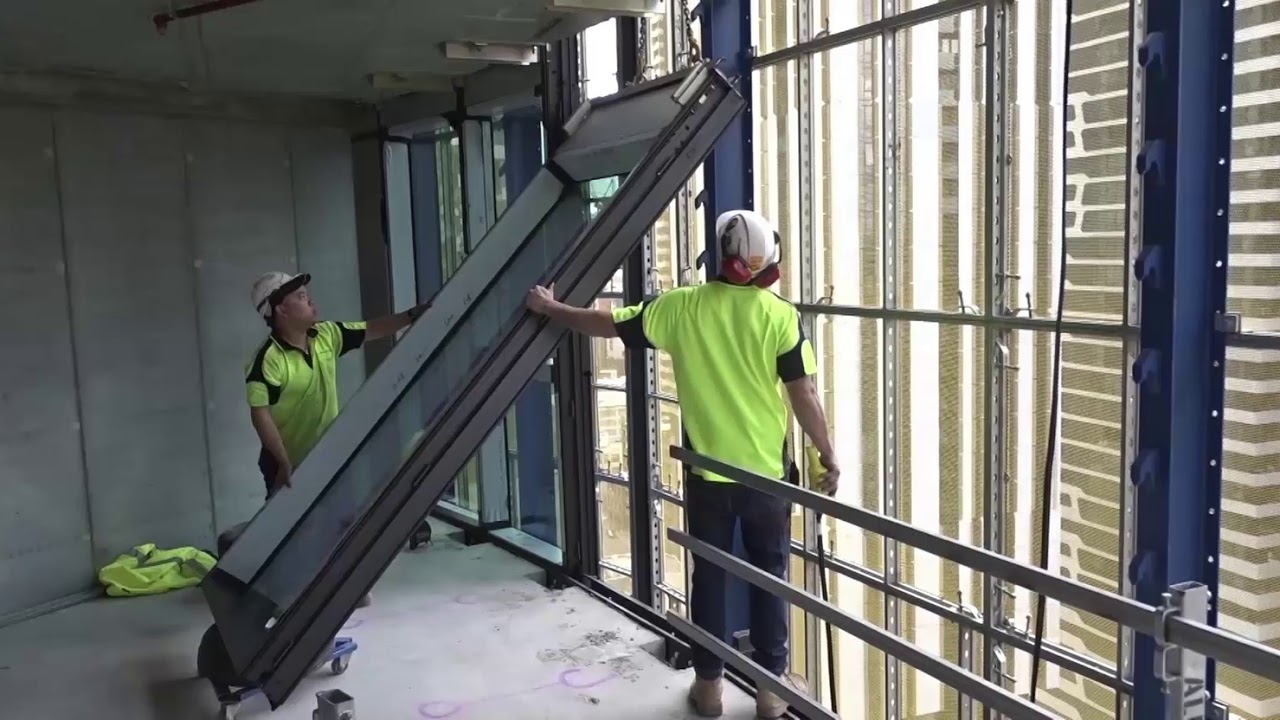




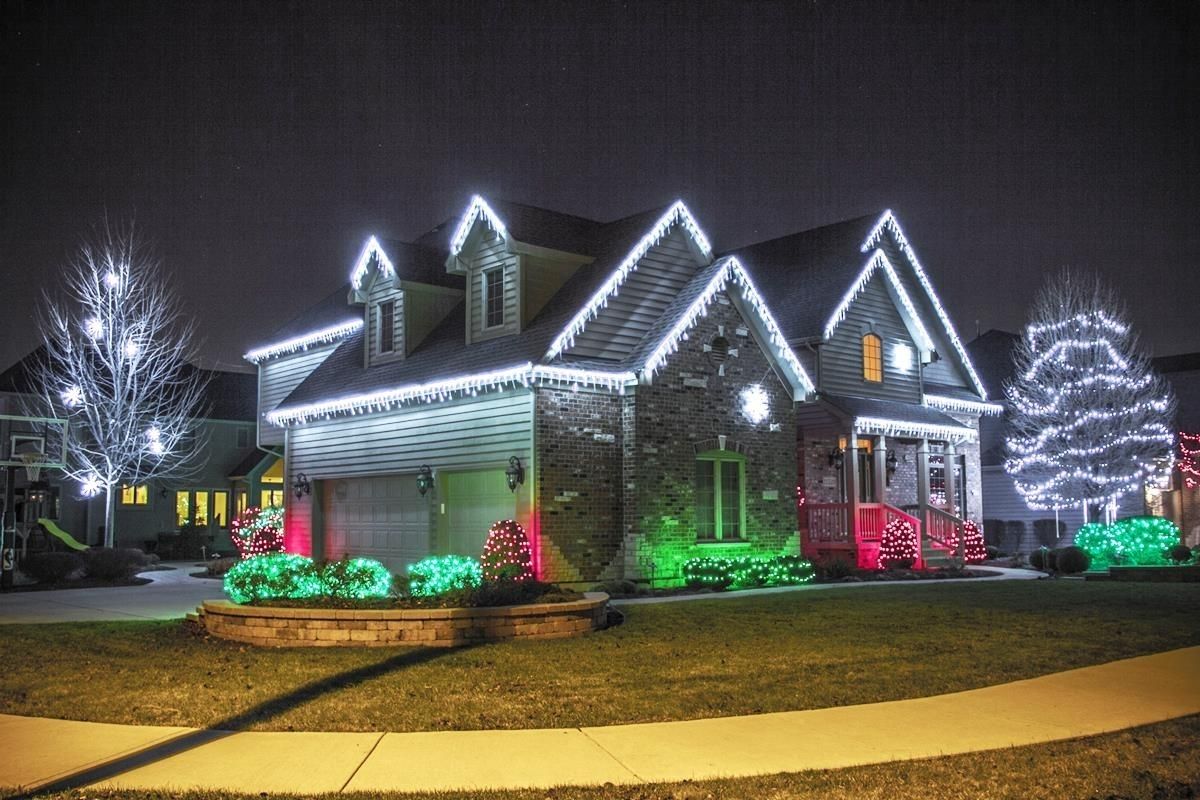
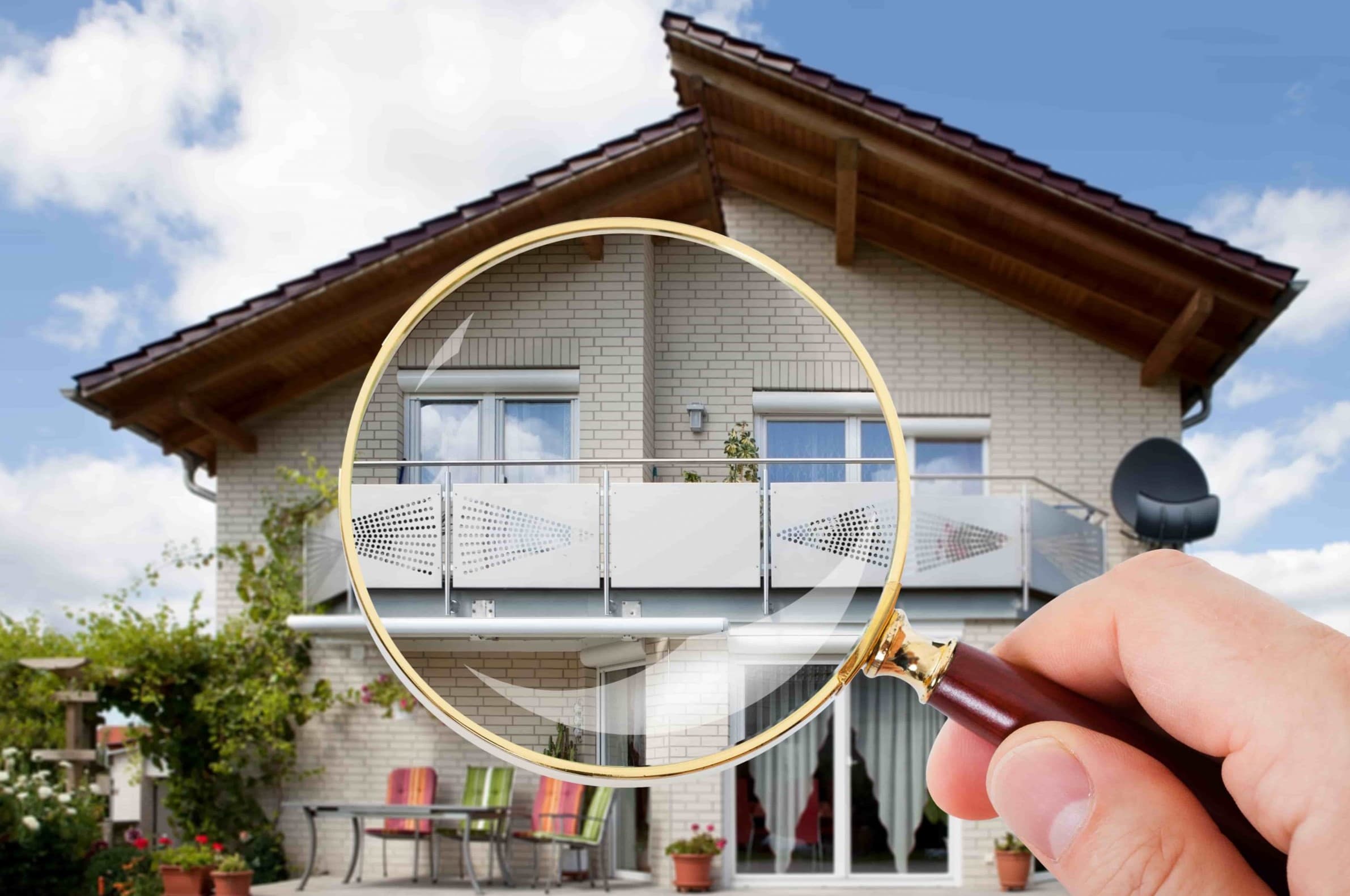
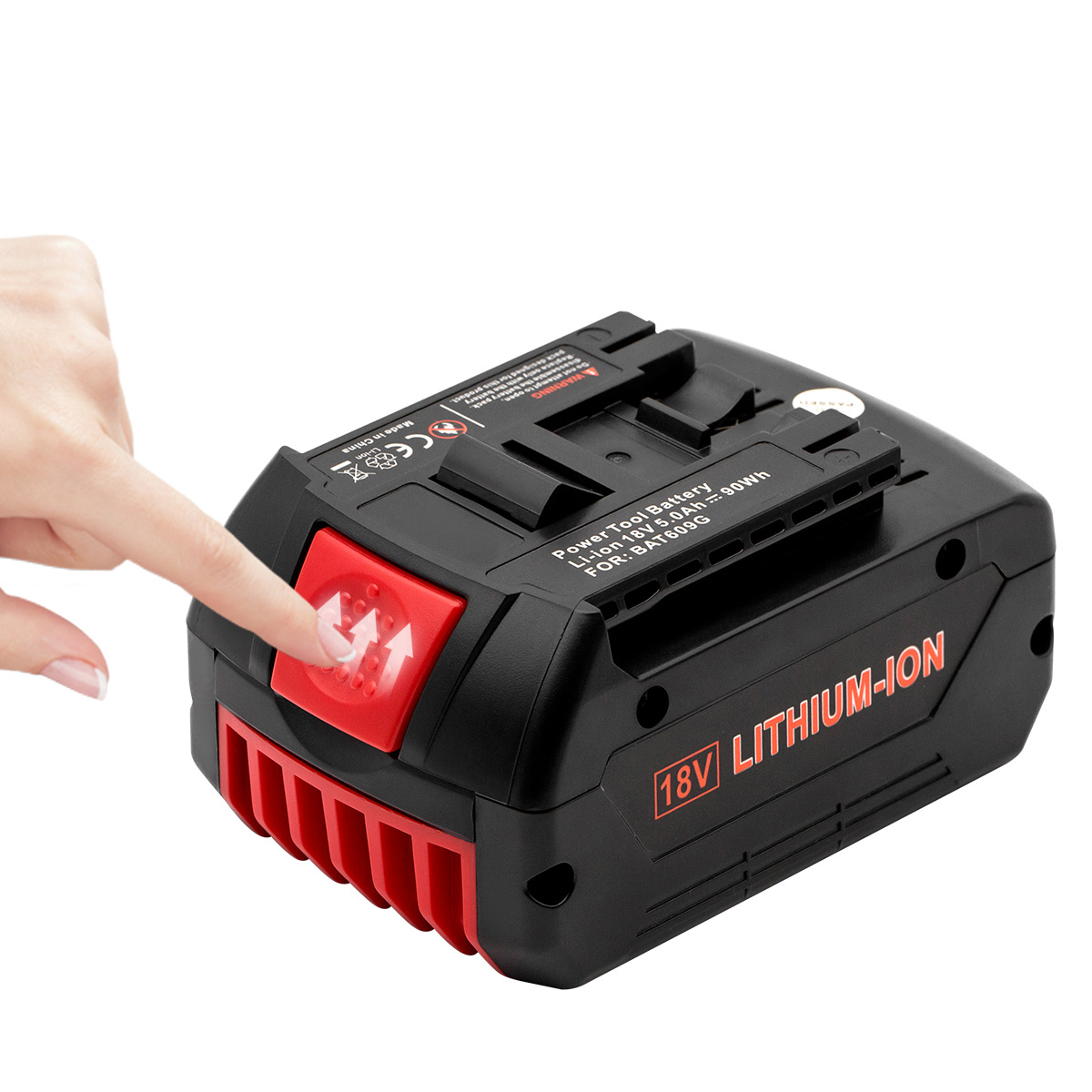

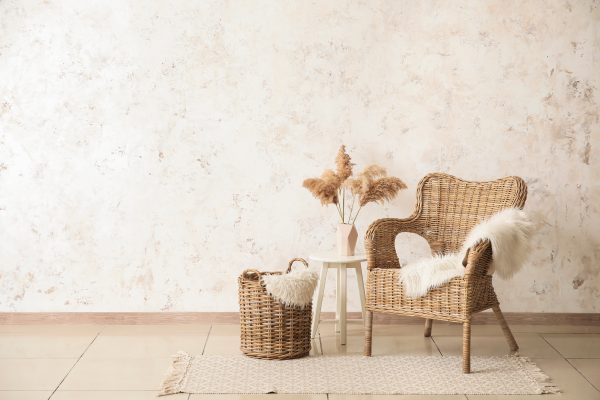



0 thoughts on “What Is A Facade?”